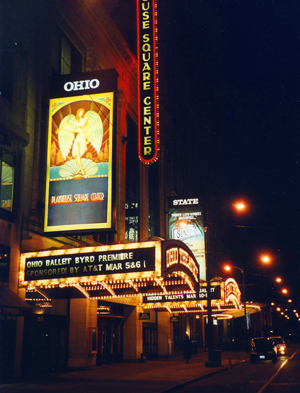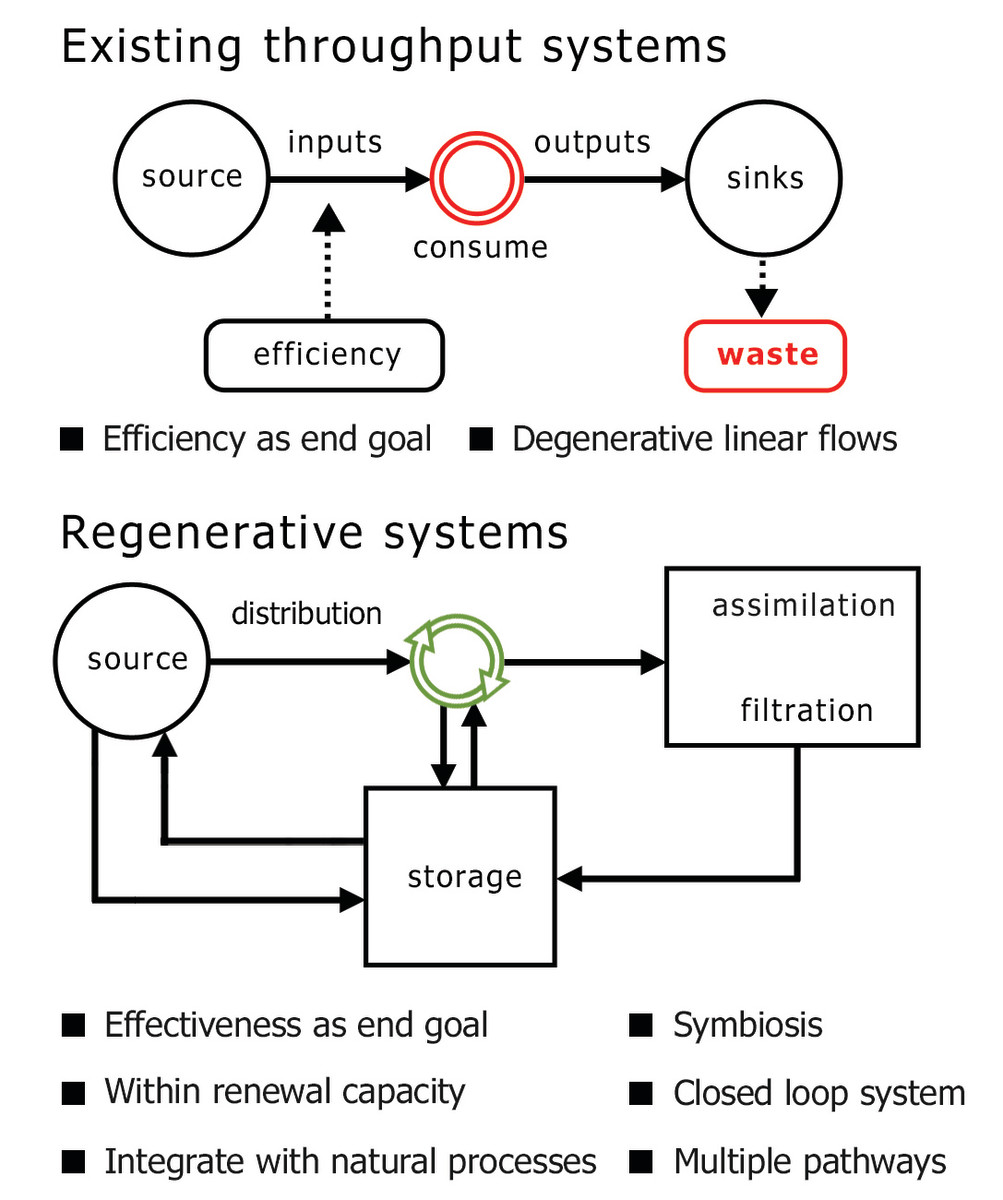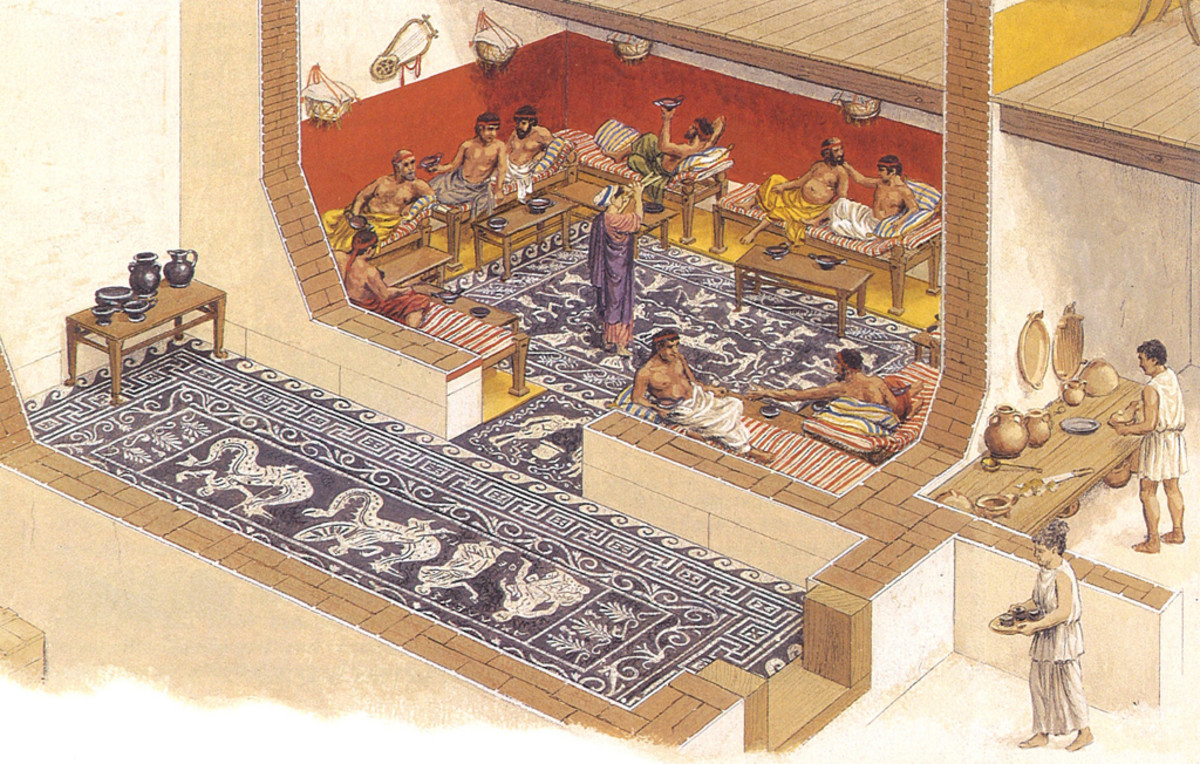Sustainability 19: The Human Factor

Because sustainable design hinges on our long-term viability as a species occupying our only Earth, it must be firmly based on human values and must always consider the human factor. That human factor should be represented in a number of different ways.
The first, and perhaps most obvious, consideration of the human factor is that we must be designing and developing things that humans actually need and want (or will soon need and want). Our housing choices must meet the desires and demands of our varied population, its ever-changing demographics, its mix of ages and abilities, and its types of family units. The retail facilities we develop — as well as the hospitals, the ballparks, the offices, the airports, the industrial facilities, the restaurants, the universities, the libraries, the hotels, the community centers, and the farms — must be suited to the identifiable needs of our city, town and village populations.
Secondly, we must design and develop projects and facilities suited to the human body, with all its abilities and limitations. Our furnishings and appliances must conform to ergonomic design. Our rooms and spaces must be conducive to human gathering, meeting, dining, working, entertaining and sleeping. The indoor air quality of our built environments must be supportive of, not detrimental to, human health. The materials we use must be free of harmful or toxic elements. We must design and build for safety, security and maintainability. We must limit and mitigate pollution. Our projects and developments must be designed for their entire life cycles — including their eventual reuse, dismantling, destruction or recycling.
Thirdly, we should design for human occupation and actualization. People must have challenging yet satisfying employment, with fair compensation. Worker safety and security should be preserved. Our projects and developments should support the social fabric of their communities.
Lastly, we must design for the human spirit. Our built environments must offer areas of refuge, rest, and relaxation. We must preserve human contact with nature, sun, sky, wind, water, wildlife and one another. We must strive to incorporate all the higher aspects of our mental and cultural life — art, music, philosophy, contemplation, aspiration, progress, faith — into our built world.

- Sustainability 6: Population
Rays of hope One of the prime movers of the world’s sustainability crisis is its population. The more mouths to feed, the more thirsts to quench, the more children to clothe and educate, the more families to house, the more sick and infirm to... - Sustainability 10: Density
To many, it seems counter-intuitive that packing the globe's inhabitants more tightly might actually be good for the planet's sustainability, but it's a fact. - Sustainability 11: Priorities
Where does an aspiring designer, planner, architect, developer or contractor begin in trying to build a better world, one project at a time? With proper priorities, that's where. - Sustainability 12: Mixed-Use Developments (MXDs)
As mixed-use developments proliferate, see how they are helping communities pursue smart integrated diverse growth across the nation. - Sustainability 13: Transit-Oriented Developments (TO...
Transit-Oriented Developments are prime candidates to generate increased activity and vibrancy in our larger cities. - Sustainability 47: Green Labeling
Label him green? With the world’s ever-increasing concentration on environmentally sound green design and sustainability, there has been an ever-increasing set of green design standards, guidelines, certifications and labeling. Here are some of... - Sustainability 50: Earth Day
Love this Earth? Little did I know, as I helped assemble display panels on environmental issues on a campus quadrangle in the spring of 1970, that I was taking part in launching a sustainability event that would resonate around the globe ever more... - Sustainability 48: the environment
We're all in this together The movement toward sustainability is a direct descendant of the social movement of environmentalism. And environmentalism, far from being a new phenomenon, has been with mankind for more than a millennium. The first... - Sustainability 62: Rain Gardens
In essence deceptively simple, rain gardens offer yet one more incremental method of achieving greater sustainability and improved water resources.





